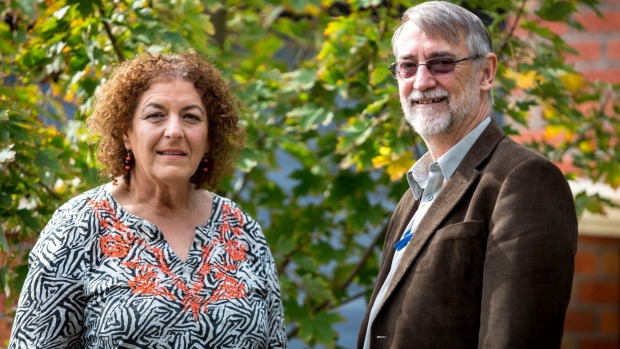
A blood test to detect Parkinson’s disease has been developed by Australian researchers, a breakthrough which will allow for earlier intervention and treatment of the debilitating condition.
At present the only way to diagnose Parkinson’s disease, a degenerative neurological condition, is through ordering a range of tests and scans to rule out other disorders, combined with examining symptoms.
Because diagnosing the disease is a process of elimination, and the symptoms mimic those of other neurological disorders, patients are also at risk being diagnosed and treated for the wrong disease.
The group of Australian researchers from La Trobe University believe their blood test will enable doctors to detect Parkinson’s disease with unprecedented reliability and lead to earlier treatment. Their findings are under review by an international medical journal.
The lead researcher on the study, Prof Paul Fisher, said the discovery turned conventional understanding about Parkinson’s on its head and had shocked the researchers.
It has been widely believed that a toxic buildup of byproducts that cause damage to brain cells and Parkinson’s disease were due to a defect in the cell’s mitochondria, where energy metabolism occurs. But Fisher and his team found through their blood tests that there was no damage to the mitochondria of patients with Parkinson’s disease.
“So what has changed is our understanding of why these poisonous byproducts are being produced, which opens up new avenues for research into treatments.”
Fisher said so far, the blood test had been trialled on a small test group of 38 people (29 with Parkinson’s and a control group of nine healthy people), and had reliably detected the hyperactive mitochondria of Parkinson’s patients.
But the researchers have not had the funding to test whether this hyperactivity occurred exclusively in Parkinson’s patients or in all patients with neurological disorders, such as Alzheimer’s.
The US-based Michael J Fox Foundation for Parkinson’s Research and its local funding partner, the Shake It Up Australia Foundation, have granted La Trobe more than $640,000 to further develop the diagnostic blood test.
Fisher said the test could be available to the public in as little as five years if sufficient additional funds could be raised for its rapid development.
“We would love to be able to do a longitudinal study on people in their 40s who have not quite entered the age of high risk for Parkinson’s and predict whether they will get it or not and see if it can detect the disease before physical symptoms develop,” he said. “But we’d need thousands of patients and the corresponding funding.”
A neurologist, associate professor Simon Lewis, a world-leading Parkinson’s researcher with the University of Sydney’s Brain and Mind Centre, was not involved in the study but said if the test proved only able to diagnose those with established Parkinson’s it may not be very useful.
“Currently, we are making the diagnosis based on the history from the patient and their family, from the physical examination, and then you have to exclude other diagnoses through scans and other tests. And we have nothing we can offer as a potential cure.
“So while it is great that a local research team has been able to secure this funding secure funding for exploring the merit in their approach, we can’t put the cart before the horse.”
